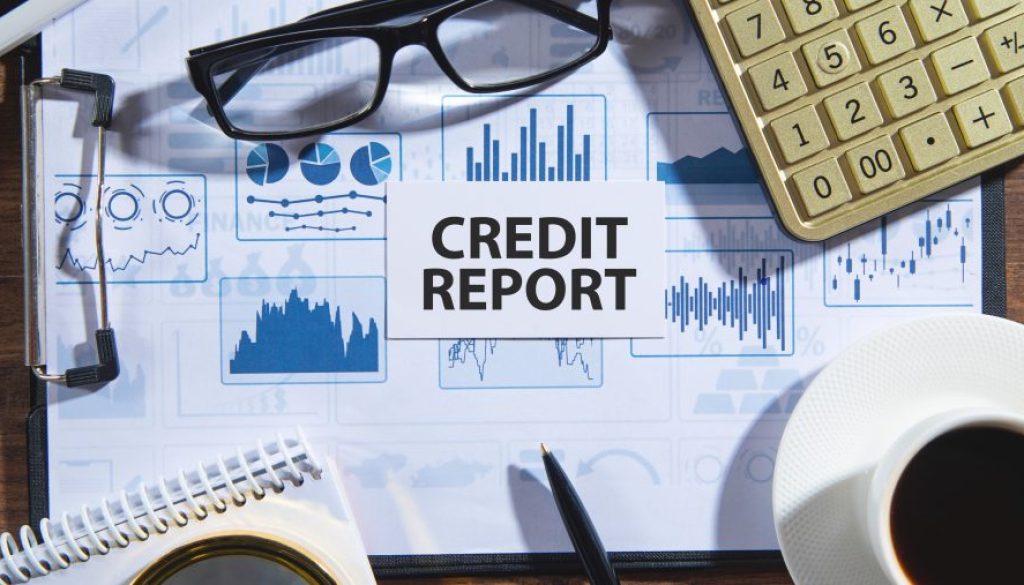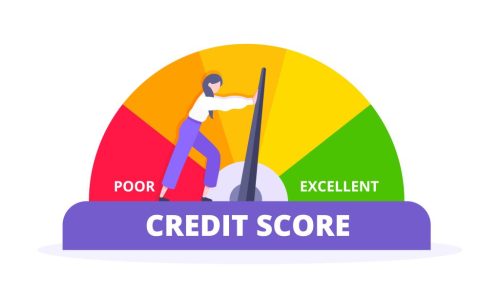The Contents Of Your Credit Report

Your credit report is an overview of your credit profile. What will be included in your credit history, what won’t, and why there may be discrepancies across reports are outlined below.
Your credit report will be requested by the lending institution when you apply for new loans, credit cards, or mortgages. Payment histories and current balances are only two examples of the credit management data that make up your credit report. Lenders use this information to evaluate whether or not to provide you credit based on the way you handle finances as well as your spending history and financial-related behaviour.
Every year, you may get a free credit report from each of the three main credit agencies in the United States (Experian, Equifax, and TransUnion). Alternatively, you may get reports directly from the bureaus themselves through their or their partner websites.
Knowing what information is included in your credit report is important for more reasons than just knowing your chances of qualifying for a good credit. Inaccurate information on your credit report might hurt your chances of being approved or gaining access to preferential rates and terms. However, your credit score might be raised if you review it for mistakes and get them corrected on time.
The contents of your credit report will include details about your accounts, enquiries, and public records.
The following categories of data are common across all three credit reporting agencies:
- Details about yourself – your full legal name, including any previous surnames, aliases, or names you have used while applying for credit in the past;
- Information such as date of birth, current and previous residences, phone numbers linked with credit accounts, social security number, and names and addresses of current and previous employment indicated on credit applications;
- Assets – all current and closed credit accounts, including instalment, spanning the previous seven to ten years;
- Name of creditor/lender, date of account opened/closed, account status (active, inactive, etc.), credit card limit (if applicable) or loan amount, all account balances;
- Utility accounts and rental agreements (as reported by *Experian BoostTM) that show a history of on-time payments;
- Inquiries – details regarding who has requested your credit report and/or when has your report been requested;
- Public documents – bankruptcies, legal disputes and court rulings, foreclosures, liens etc.
However, there will be some details that aren’t included in your credit report.
While credit reports are comprehensive, they do not contain all relevant information. The following information is not included in your credit report:
- Information such as: marital status, income, bank account information, and educational background.
Keep in mind that none of the aforementioned details will have any impact on your credit rating. However, certain information may be considered by financial institutions, such as your revenue and bank account history, when you apply for credit cards, mortgages, and loans.
When comparing credit reports, why are there discrepancies?
Information on your credit reports from the three major bureaus may be different from one report to the next. When comparing two reports side by side, you can notice that one has more enquiries than the other, or that the two have different totals.
This is possible since creditors are not obligated by law to disclose your account to any of the agencies. However, while not all creditors report to credit bureaus, the vast majority do.
For example, a lender can perform a credit check using a service like Experian. The Experian portion of your credit report will be checked, but your Equifax and TransUnion reports may not reflect the query.



